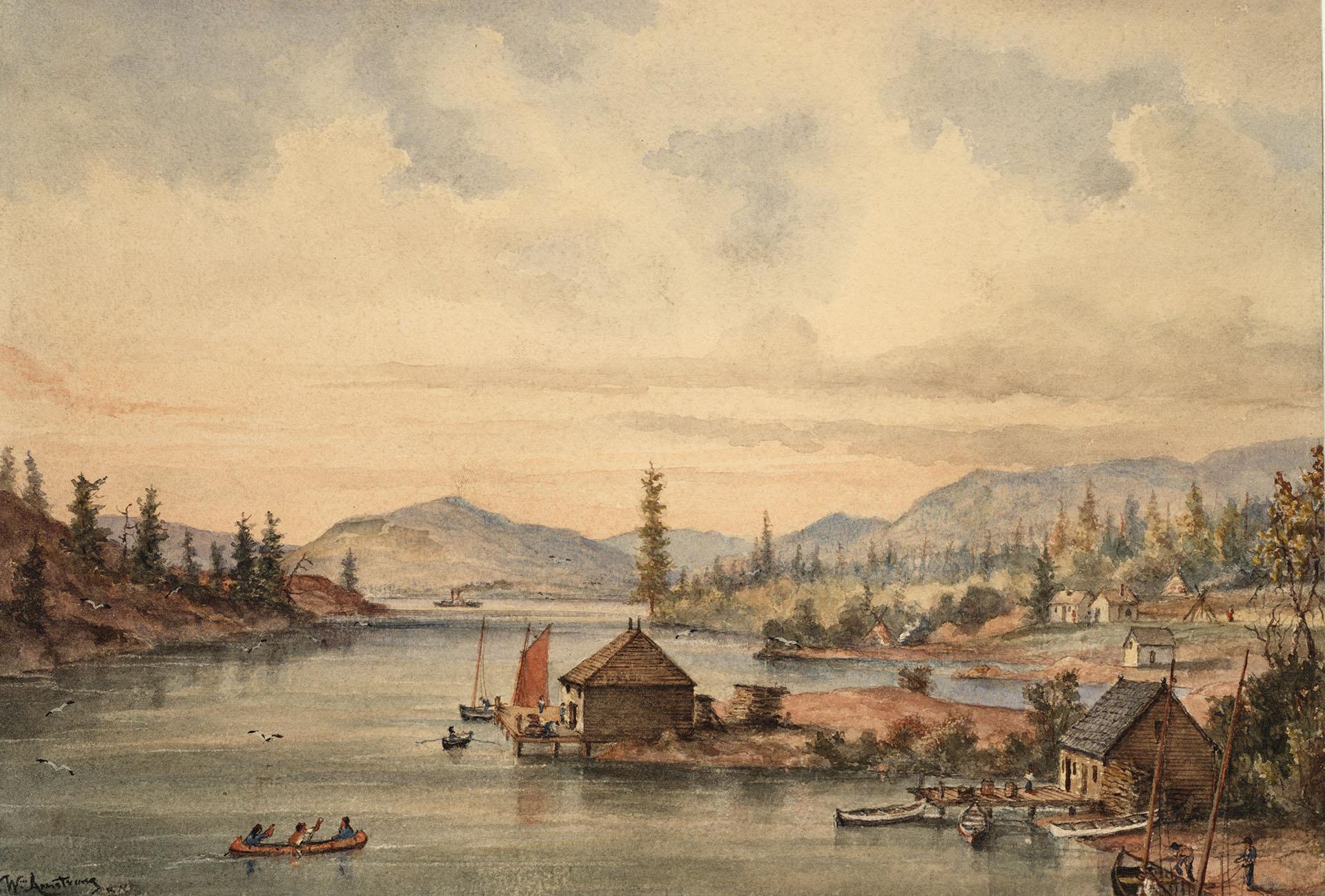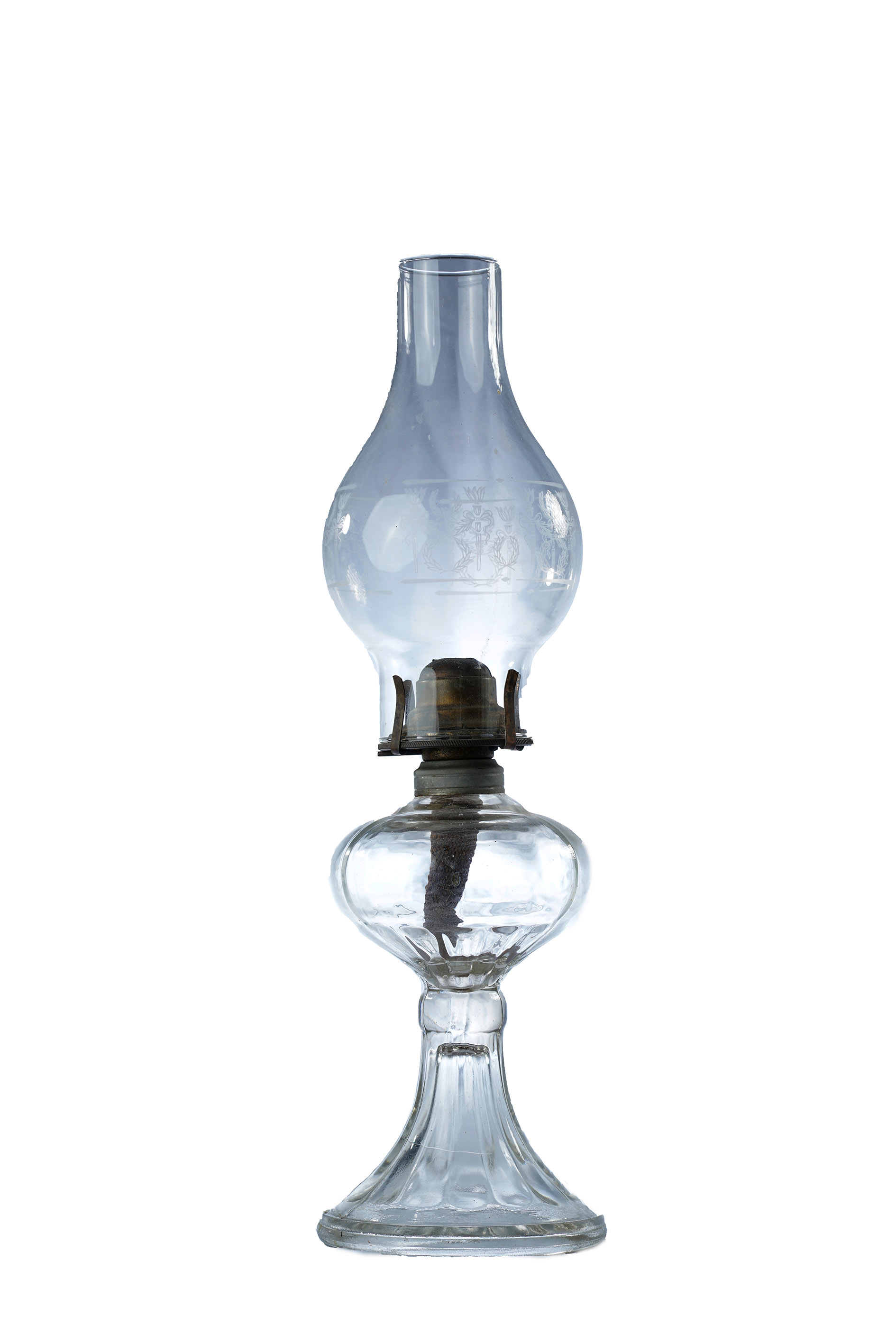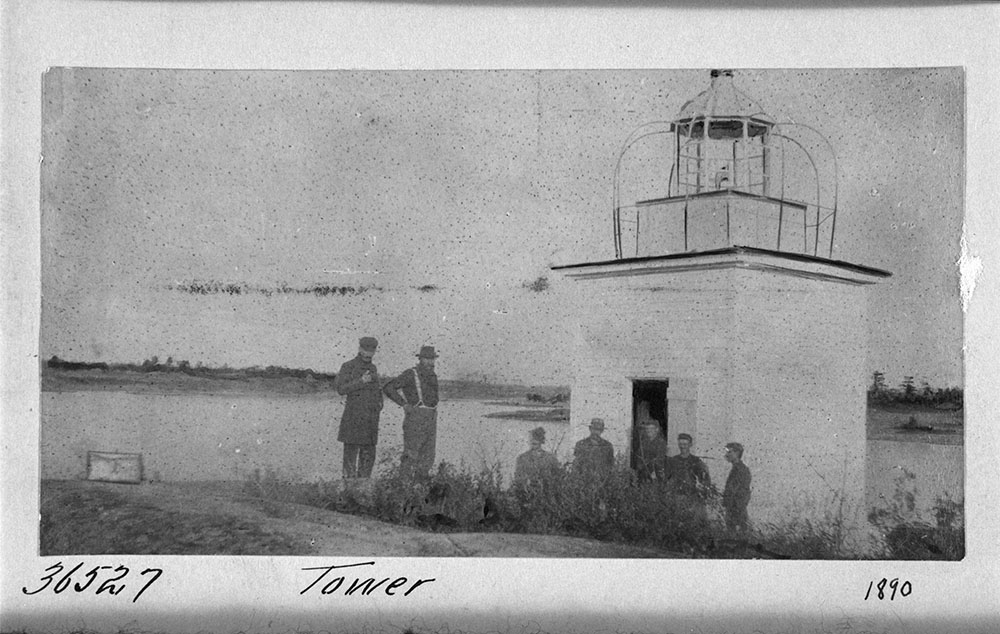Nestled between the rocky shores of Georgian Bay and the rolling hills of La Cloche mountain range, Killarney is a well-situated community with an expansive history. The area was historically known as Shebahonaning, an Ojibwe term meaning “safe canoe passage,” for its strategic location along the channel created by George Island and the mainland. In 1820, French-Canadian fur trader Étienne Augustin de la Morandière arrived in the area and constructed a trading post, around which a village composed of European settlers and Indigenous peoples flourished.
For many years, Killarney was accessible only by water and secluded from neighbouring communities. To support themselves, early settlers planted crops, raised cattle, and worked in the fur trade. Many residents engaged in industries like logging, mining, and fishing, taking advantage of the plentiful natural resources in the area. In 1962, Highway 637 was completed, connecting Killarney to the Trans-Canada Highway and opening the community to tourism.
Today, Killarney continues to thrive as a close-knit community. Many of the current residents are descended from the town’s founding families, and they continue to honour the legacies of those who came before them.





